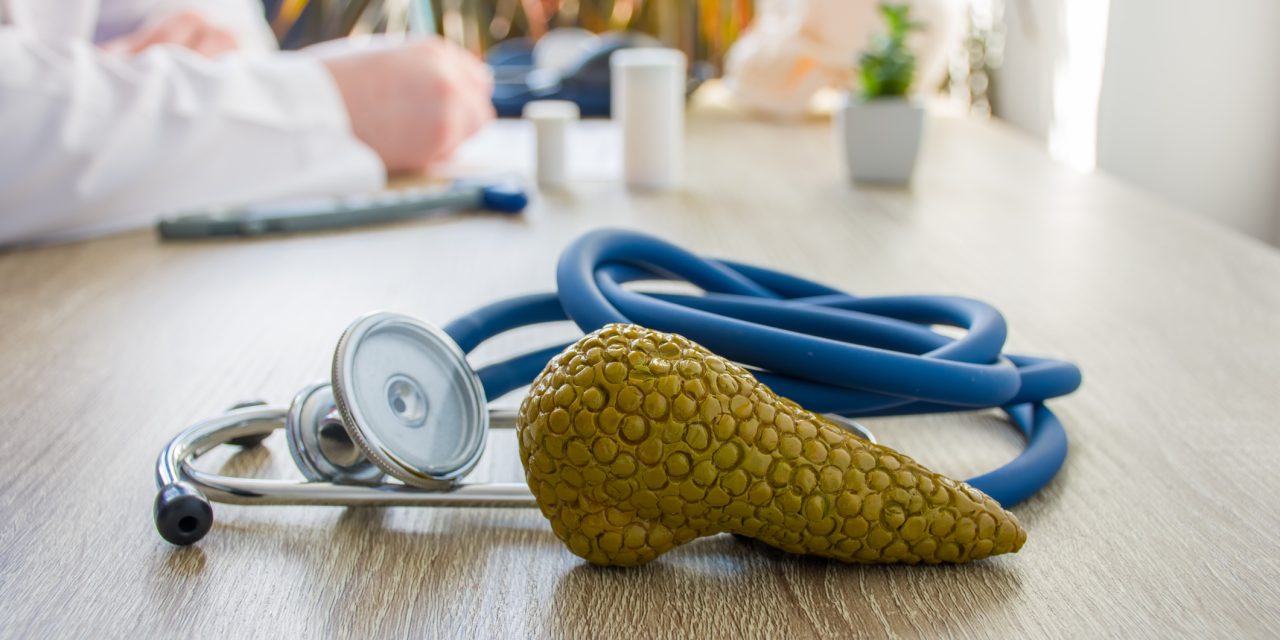We aimed to identify combinations of health service use specific to each major osteoporotic fracture (MOF) site – hip, distal forearm, vertebrae and humerus – associated with recovery of health-related quality of life (HRQoL) 12-months post-MOF.
Patients were 4126 adults aged ≥50 years with a MOF (1657 hip, 1354 distal forearm, 681 vertebral, 434 humerus) from the International Costs and Utilities Related to Osteoporotic fractures Study (Australia, Austria, Estonia, France, Italy, Lithuania, Mexico, Russia, Spain and the UK). HRQoL (pre-fracture and 12-months post-fracture) was measured using the EQ-5D-3L. Health service use data were collected via interviews and medical record reviews including in-hospital care, outpatient care, supported living, community health services, and medication use. Latent class analyses were undertaken to identify different combinations of health service use (“classes”); and logistic regression to assess associations between classes and HRQoL recovery. Site-specific analyses were performed using pooled data from all countries.
The proportion of patients who recovered to their pre-fracture HRQoL at 12-month follow-up varied across fracture sites: 37.3%, 65.8%, 48.9% and 49.5% for hip, distal forearm, vertebrae, and humerus, respectively. We observed several site-specific classes associated with improved odds of HRQoL recovery. Generally, the combination of hospital presentations without admission; primary care center visits; and the use of osteoporosis-related medications, vitamin D/calcium supplements, and non-opioid analgesics was associated with greater likelihood of HRQoL recovery.
The identified fracture site-specific health service use pathways associated with recovery of HRQoL could potentially improve the management and health outcomes of patients treated for a MOF.
Copyright © 2020. Published by Elsevier Inc.
Health Service Use Pathways Associated with Recovery of Quality of Life at 12-months for Individual Fracture Sites: Analyses of the International Costs and Utilities Related to Osteoporotic Fractures Study (ICUROS).


